My transition experience has largely been positive, although I’ve encountered some obstacles along the way.
I’ve received inquiries from many of you about my progress, so I’ve compiled a comprehensive comparison of my encounters with both systems to share with you.
Why I Switched from Samsung SmartThings to Homey Pro?
The primary reason for my switch was to leverage Homey Pro’s sophisticated automation capabilities. I was looking for a system that could offer more advanced and reliable automation than SmartThings.
However, I was initially frustrated by one significant issue: Samsung’s broader compatibility with a wide range of products.
When new products hit the market, they often integrate with Samsung first, meaning I had to wait to get them working with Homey. This compatibility lag was particularly annoying because I lost some devices during the switch.
Despite this drawback, everything else about Homey has been a lot of fun and quite exciting.
The Homey app is as user-friendly as the SmartThings app, with an intuitive design that makes it easy to set up and manage devices. The standout feature for me has been the stable web app, which allows for creating powerful automation flows.
One of my favorite automations involves using an old Ikea remote to cycle through different lighting effects called moods. This automation has been bulletproof and changes my home’s ambiance every time I press the button.
Achieving this with SmartThings would have been harder, especially since they removed Webcore, a tool I relied on for complex automations.
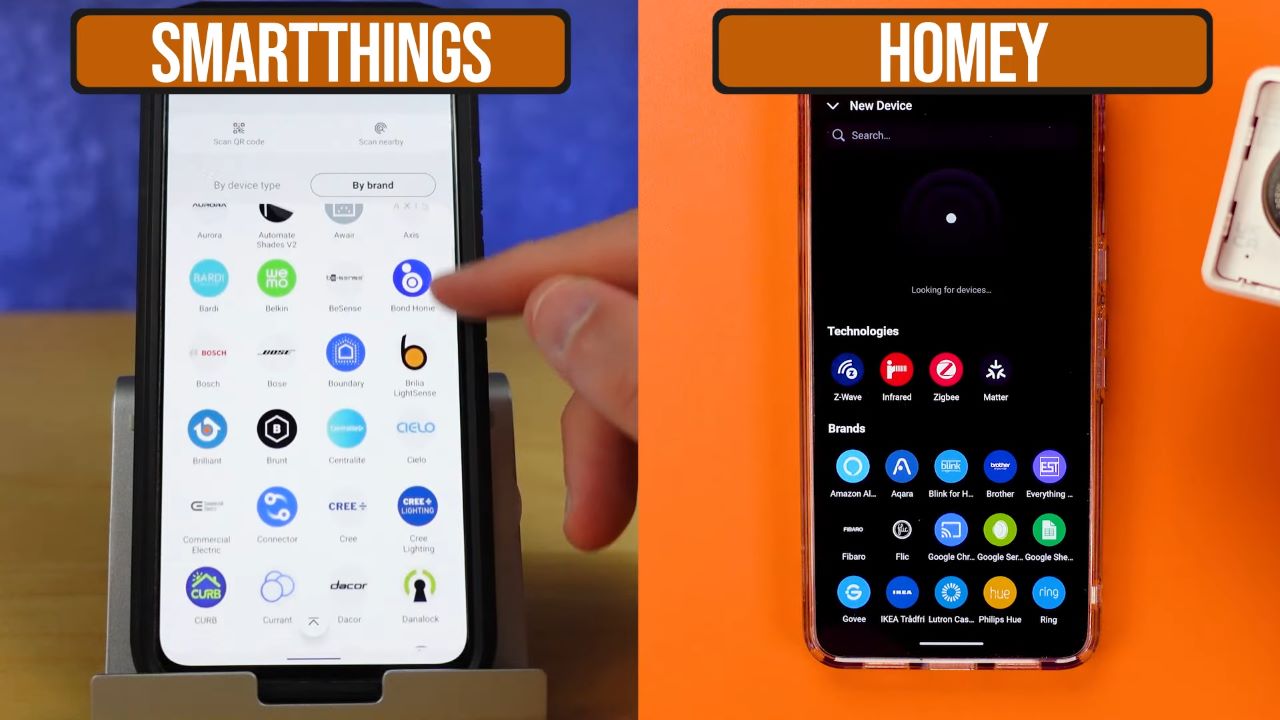
Reliability Matters
Reliability has been a significant advantage with Homey. Unlike SmartThings, which frequently experiences outages, Homey has been more stable.
I continue to receive emails about SmartThings platform outages and notifications of disconnected devices.
Despite having three SmartThings hubs at home, each one goes offline more often than Homey. While SmartThings outages aren’t frequent, they are frustrating when they occur.
Homey, on the other hand, has had minimal reliability issues. Most of the problems I encountered were due to my constant tinkering, testing, or using incompatible or inherently unreliable products.
For instance, I had issues with some Z-Wave devices not staying connected initially, but the network self-corrected after about a week.
Similarly, using cheap Zigbee products like Tuya bulbs led to disconnections, which were resolved by adding a repeater near those devices. Essentially, any reliability problems with Homey were more often related to my setup and choice of products rather than the platform itself.

Community Support and Customization
The Homey community has been incredibly welcoming and helpful. Despite being smaller than the SmartThings community, the developers create innovative solutions for integrating new products.
One such example is Heimdall, a DIY security system developed by a community member. I installed it and now have a security system that automatically enables it when we leave home and disables it when we return.
This level of customization and support from the community has been invaluable.
In contrast, SmartThings has moved away from a strong community-driven development approach. Their transition to the Edge driver program, which allows for the local execution of drivers, has also led to a reduction in community involvement.
While there are still a few active developers, the vibrancy and support seen in Homey’s community are unmatched. The active development and willingness to help have made my experience with Homey more enjoyable and productive.
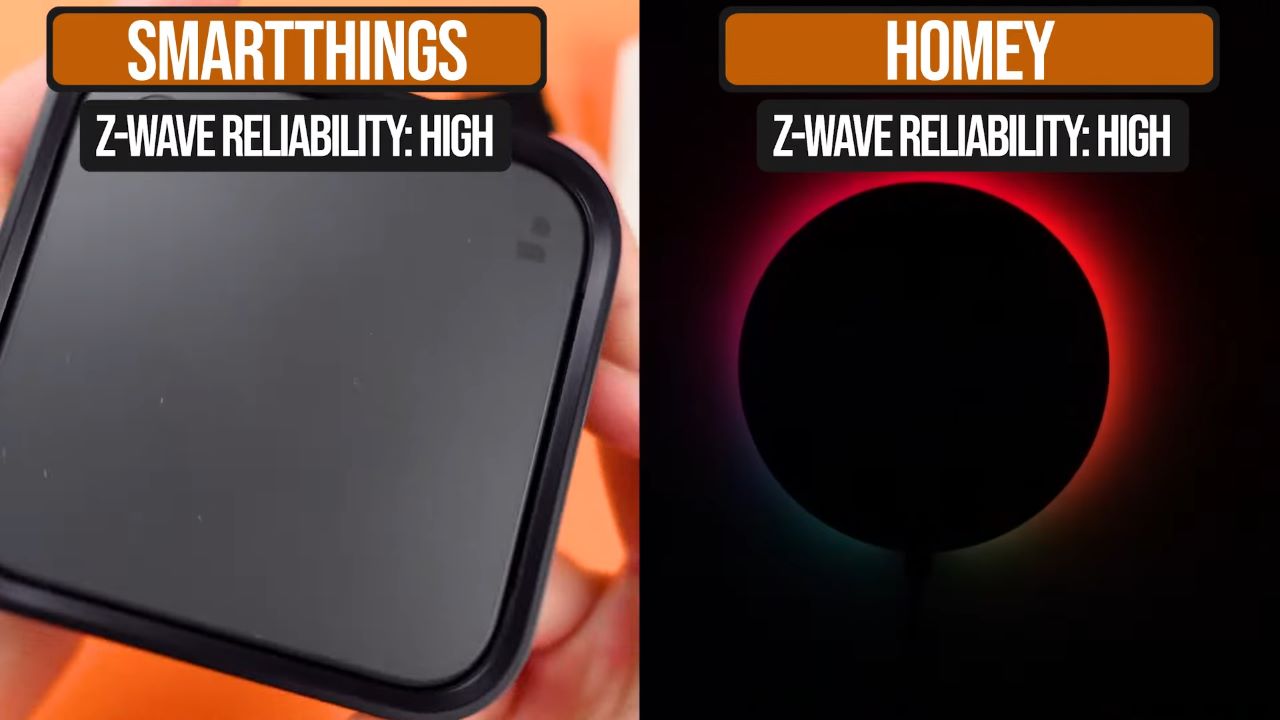
Automation and Integration
The automation capabilities of Homey are genuinely impressive. You can create almost any automation you can think of with ease.
For example, I’ve integrated Homey with Amazon routines to create fancy lighting effects using a simple Ikea remote.
This allows me to run routines and achieve complex effects that would be difficult to replicate with SmartThings. With SmartThings, even basic automations sometimes fail to run reliably, which can be quite frustrating.
Another advantage of Homey is its seamless integration of built-in devices. Homey supports multiple protocols, allowing all my devices to work together smoothly.
In comparison, SmartThings’ built-in devices often run on separate systems, leading to less seamless integration.
For instance, SmartThings uses different systems for Zigbee, Z-Wave, and Wi-Fi devices, which don’t always work together as seamlessly as they should.
With Homey, I can get all my devices, regardless of the protocol, to work together smoothly, enhancing the overall smart home experience.

Dealing with Compatibility Issues
Homey’s reliance on community developers for new product integration can be a bit of a waiting game. Sometimes, you have to wait for developers to create solutions, and occasionally, certain products may never be compatible.
This situation is reminiscent of how SmartThings operated a few years ago when they relied on community developers to create custom drivers. However, SmartThings’ transition to the Edge driver program has limited this community involvement, focusing more on standard, official integrations.
While SmartThings offers a broader range of product options, they often don’t work as seamlessly as they should. The integration of Matter, the new smart home standard, has been particularly problematic.
Setting up Matter devices with SmartThings often gets stuck on the registration page, making the process frustrating. In contrast, my experience with Matter on Homey has been much smoother.
Although I’ve had some issues, they were generally related to the specific products rather than the platform itself.
Conclusion
- Transitioning from Samsung SmartThings to Homey Pro has proven to be a largely positive experience, despite encountering initial compatibility issues and having to rely on community developers.
- However, Homey’s advanced automation features, along with its reliability and supportive community, have made it an appealing choice.
- If you are contemplating making the switch, it’s important to assess your current setup and determine what would work best for your home.
- Please feel free to reach out with any questions, or take a look at our beginner’s guide to Homey Pro for further insights!

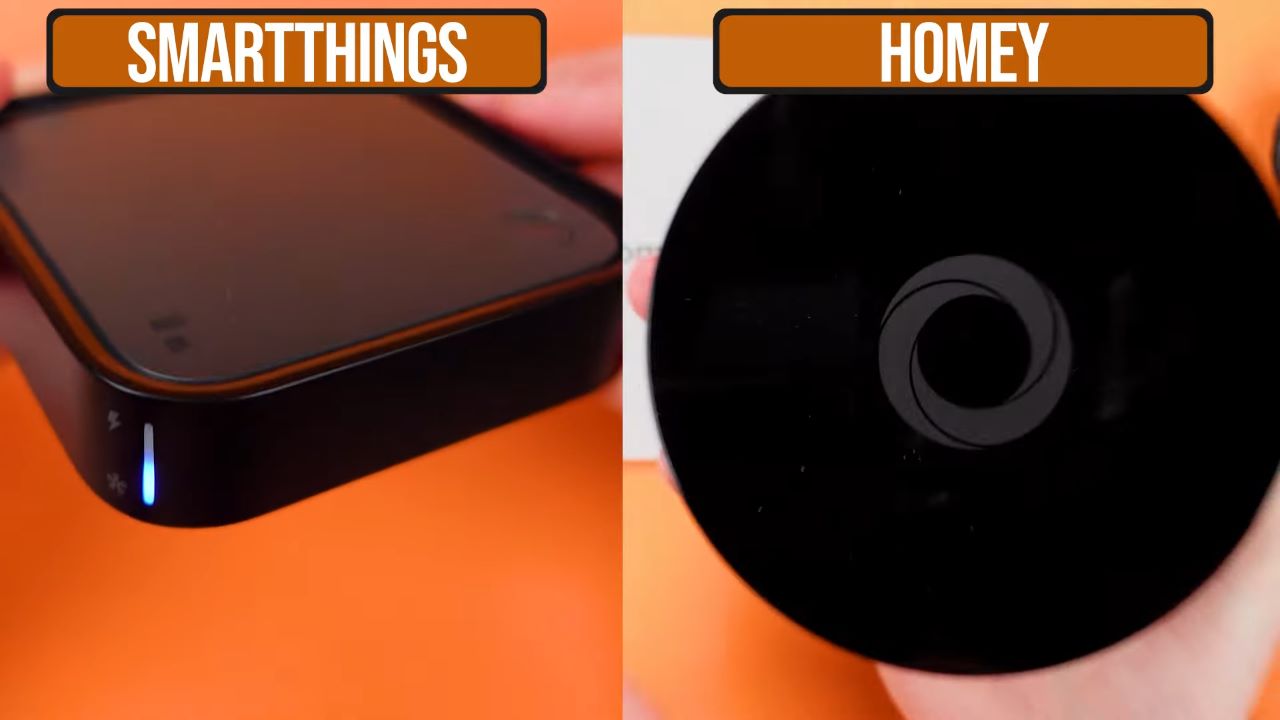



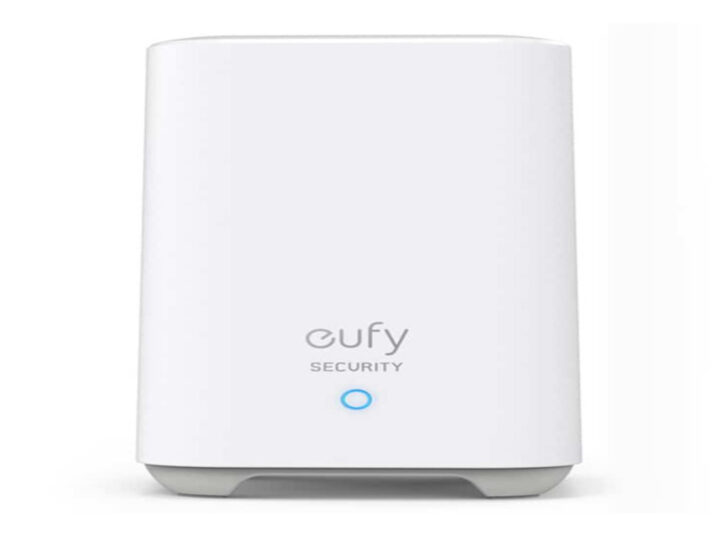

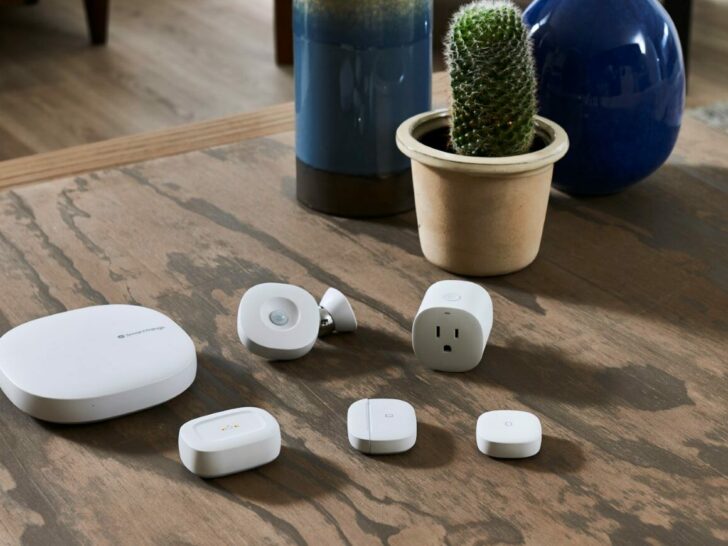
Lucky you! This thread is empty,
which means you've got dibs on the first comment.
Go for it!